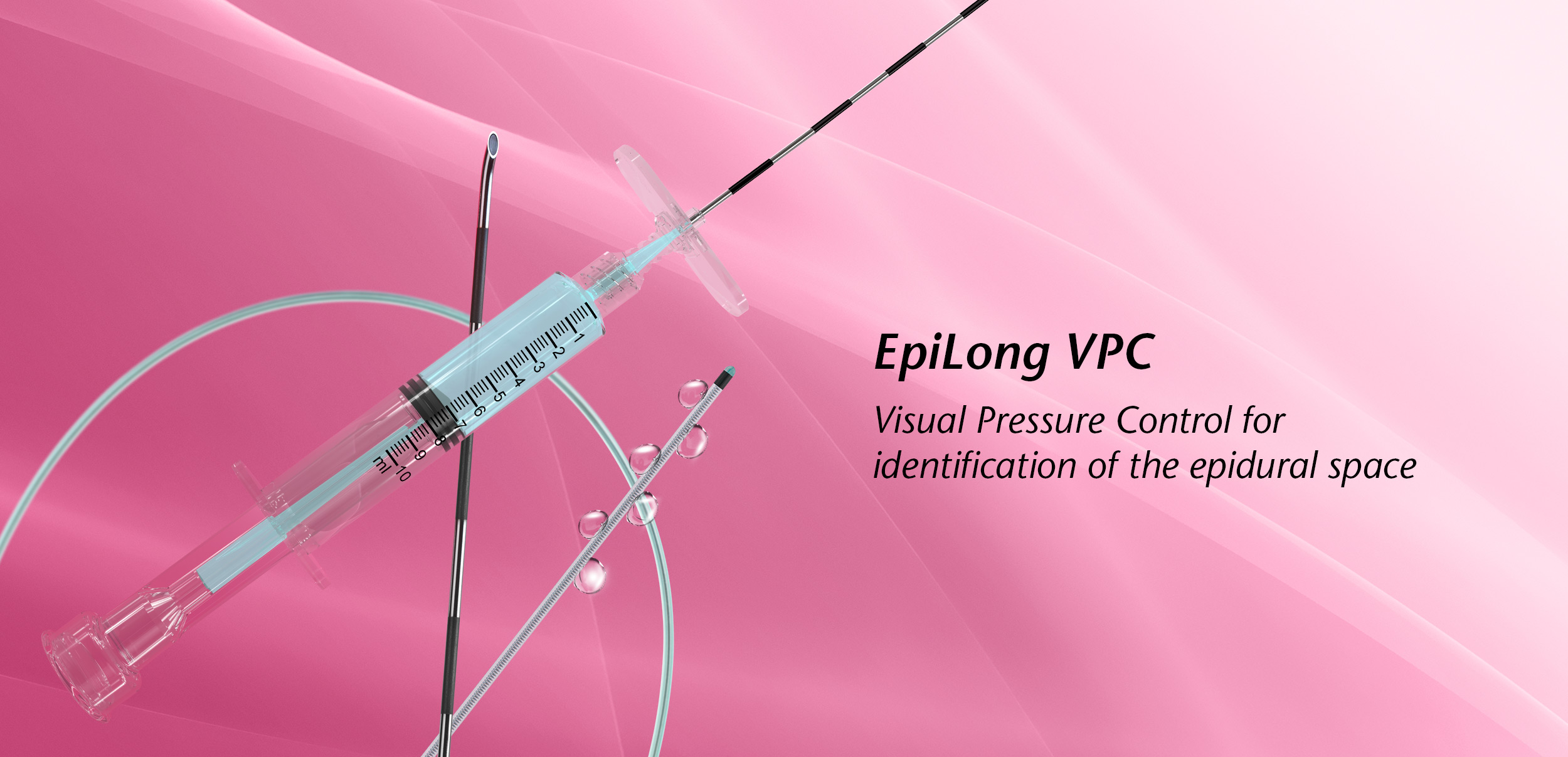Before going into details on legal issues we would first like to define the associated terms:
-
EU-GDPR (also called GDPR)
The term “EU-GDPR” (in the following referred to as “GDPR”) refers to the General Data Protection Regulation. This is a general regulation of the European Union which stipulates how personal data may be processed. For information, the legislative text of the GDPR can be viewed using the following link:
https://eur-lex.europa.eu/legal-content/DE/TXT/?uri=CELEX:32016R0679
-
Controller
“Controller” means the natural or legal person, public authority, agency or other body which, alone or jointly with others, determines the purposes and means of the processing of personal data; where the purposes and means of such processing are determined by Union or Member State law, the controller or the specific criteria for its nomination may be provided for by Union or Member State law.
-
Personal data and data subject
“Personal data” means any information relating to an identified or identifiable natural person hereinafter referred to as “data subject”); an identifiable natural person is one who can be identified, directly or indirectly, in particular by reference to an identifier such as a name, an identification number, location data, an online identifier or to one or more factors specific to the physical, physiological, genetic, mental, economic, cultural or social identity of that natural person.
-
Processing
“Processing” means any operation or set of operations which is performed on personal data or on sets of personal data, whether or not by automated means, such as collection, recording, organisation, structuring, storage, adaptation or alteration, retrieval, consultation, use, disclosure by transmission, dissemination or otherwise making available, alignment or combination, restriction, erasure or destruction.
-
Restriction of processing
“Restriction of processing” means the marking of stored personal data with the aim of limiting their processing in the future.
-
Processor
“Processor” means a natural or legal person, public authority, agency or other body which processes personal data on behalf of the controller.
-
Recipient
“Recipient” means a natural or legal person, public authority, agency or another body, to which the personal data are disclosed, whether a third party or not. However, public authorities which may receive personal data in the framework of a particular inquiry in accordance with Union or Member State law shall not be regarded as recipients; the processing of those data by those public authorities shall be in compliance with the applicable data protection rules according to the purposes of the processing.
-
Third party
“Third party” means a natural or legal person, public authority, agency or other body than the data subject, controller, processor and persons who, under the direct authority of the controller or processor, are authorised to process personal data.
-
Consent
“Consent” of the data subject means any freely given, specific, informed and unambiguous indication of the data subject's wishes by which he or she, by a statement or by a clear affirmative action, signifies agreement to the processing of personal data relating to him or her.
-
Personal data breach
“Personal data breach” means a breach of security leading to the accidental or unlawful destruction, loss, alteration, unauthorised disclosure of, or access to, personal data transmitted, stored or otherwise processed.
-
Data concerning health
“Data concerning health” means personal data related to the physical or mental health of a natural person, including the provision of health care services, which reveal information about his or her health status.
-
Enterprise
“Enterprise” means a natural or legal person engaged in an economic activity, irrespective of its legal form, including partnerships or associations regularly engaged in an economic activity.
-
Supervisory authority
“Supervisory authority” means an independent public authority which is established by a Member State pursuant to Article 51 GDPR.
-
Relevant and reasoned objection
“Relevant and reasoned objection” means an objection to a draft decision as to whether there is an infringement of this Regulation, or whether envisaged action in relation to the controller or processor complies with this Regulation, which clearly demonstrates the significance of the risks posed by the draft decision as regards the fundamental rights and freedoms of data subjects and, where applicable, the free flow of personal data within the Union.










